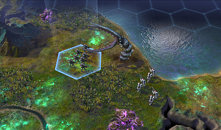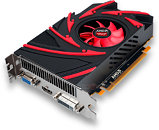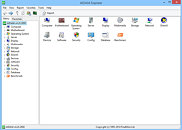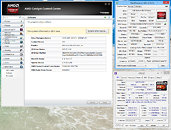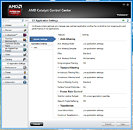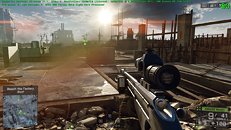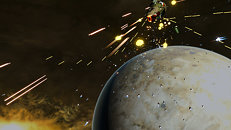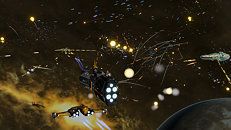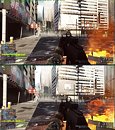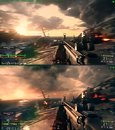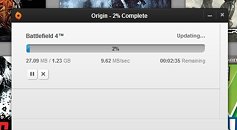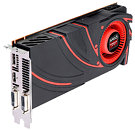
AMD Catalyst 14.4 WHQL Released
AMD released a WHQL-signed version of its Catalyst 14.4 software suite, its first in four months (the previous one being 13.12 WHQL). The driver builds on the Catalyst 14.4 Release Candidate the company shipped out a little earlier this month, to lend immediate support for Radeon R9 295X2, which hit the shelves on the 21st. The four highlights of Catalyst 14.4 include support for the R9 295X2, CrossFire frame-pacing improvements for a number of games, full support for OpenGL 4.4 API, and bug-fixes for AMD Mantle API.
Among the games AMD worked to improve CrossFire performance of, include Crysis 3, which sees improved frame-pacing; Far Cry 3, which sees improved 3-GPU and 4-GPU scaling; Anno 2070, which sees an overall CrossFire scaling improvement of 34 percent; Titanfall, which sees reduced game flickering an micro-stutter; and Metro: Last Light, which sees 10 percent improvement in CrossFire scaling. The driver also addresses bugs related to 3x1 Eyefinity setups using three Ultra HD displays. For gamers running Battlefield 4 with its Mantle renderer, AMD addressed the performance slowdown seen when switching windows using Alt+Tab; and fuzzy textures when playing the game on rotated displays.
DOWNLOAD: AMD Catalyst 14.4 WHQL for Windows 8/7/Visa 64-bit | Windows 8/7/Vista 32-bit | Windows XP 32-bit and 64-bit
Among the games AMD worked to improve CrossFire performance of, include Crysis 3, which sees improved frame-pacing; Far Cry 3, which sees improved 3-GPU and 4-GPU scaling; Anno 2070, which sees an overall CrossFire scaling improvement of 34 percent; Titanfall, which sees reduced game flickering an micro-stutter; and Metro: Last Light, which sees 10 percent improvement in CrossFire scaling. The driver also addresses bugs related to 3x1 Eyefinity setups using three Ultra HD displays. For gamers running Battlefield 4 with its Mantle renderer, AMD addressed the performance slowdown seen when switching windows using Alt+Tab; and fuzzy textures when playing the game on rotated displays.
DOWNLOAD: AMD Catalyst 14.4 WHQL for Windows 8/7/Visa 64-bit | Windows 8/7/Vista 32-bit | Windows XP 32-bit and 64-bit


